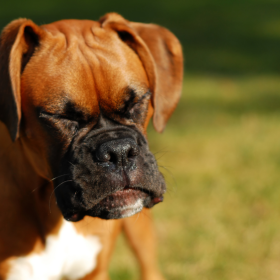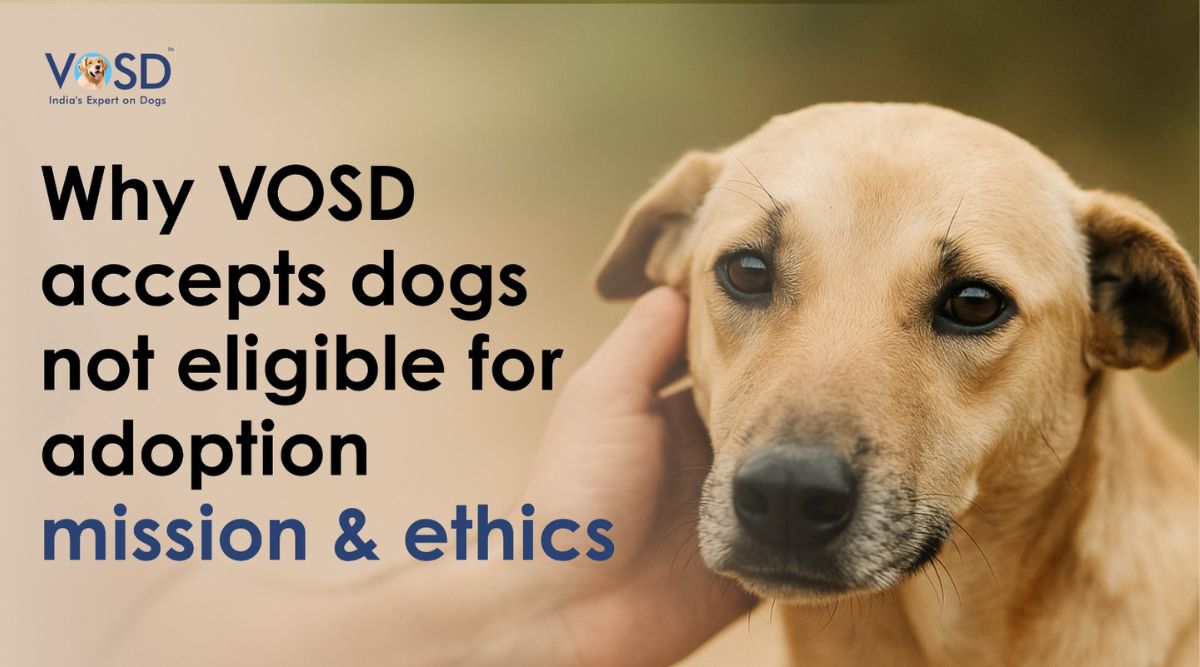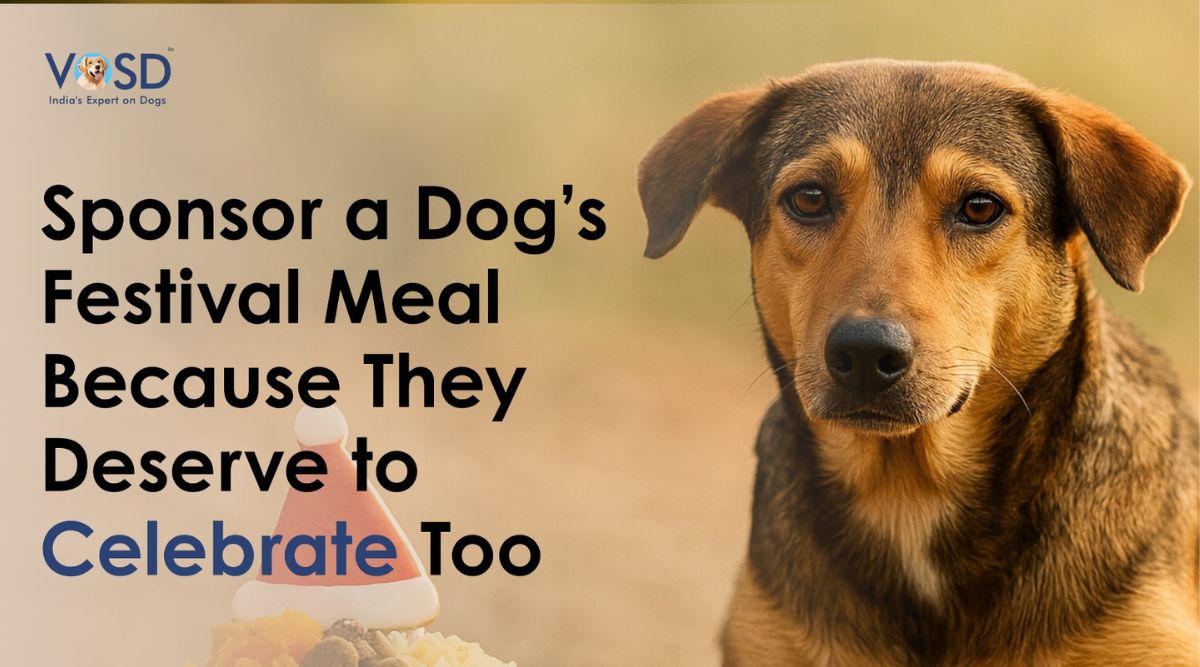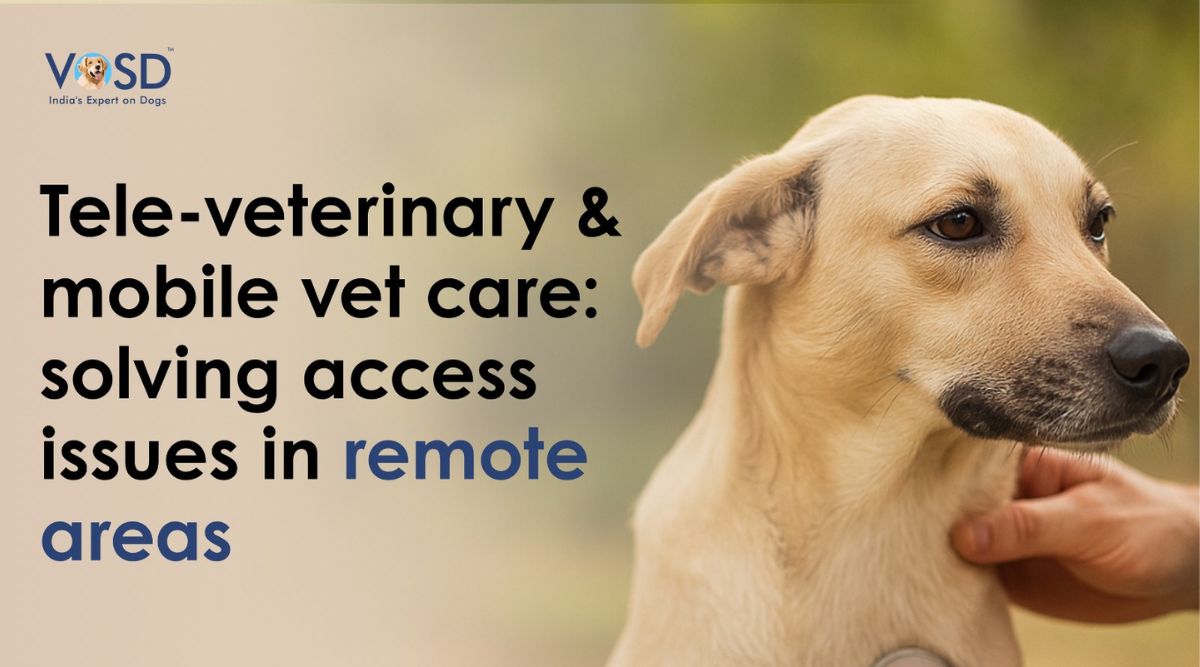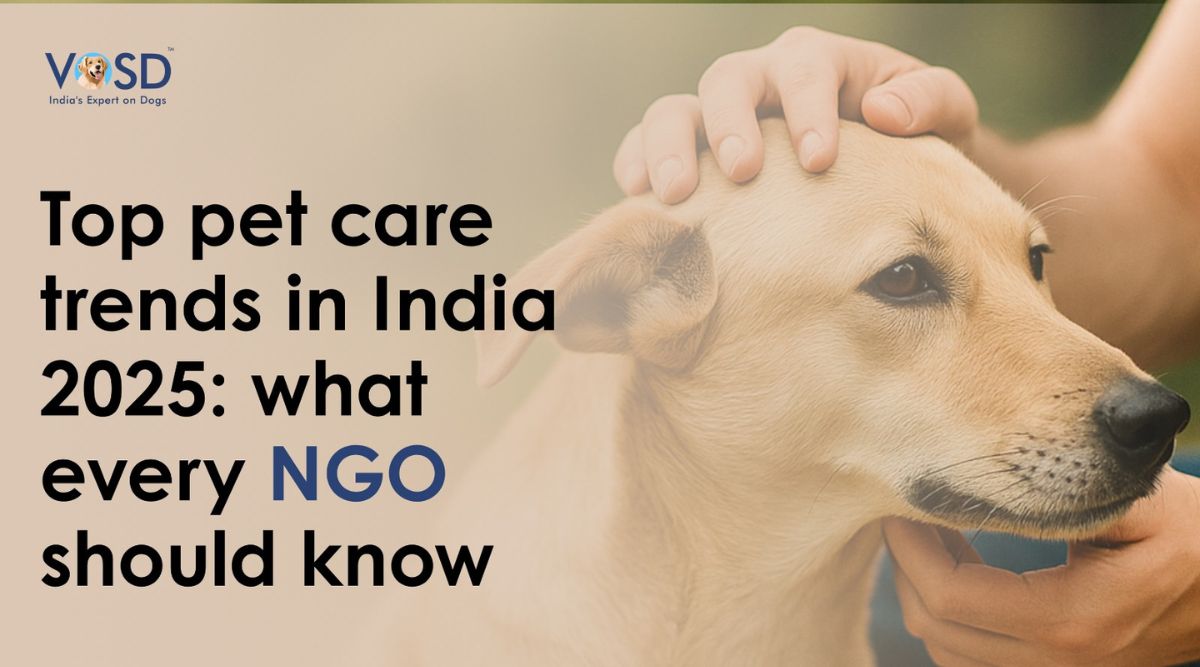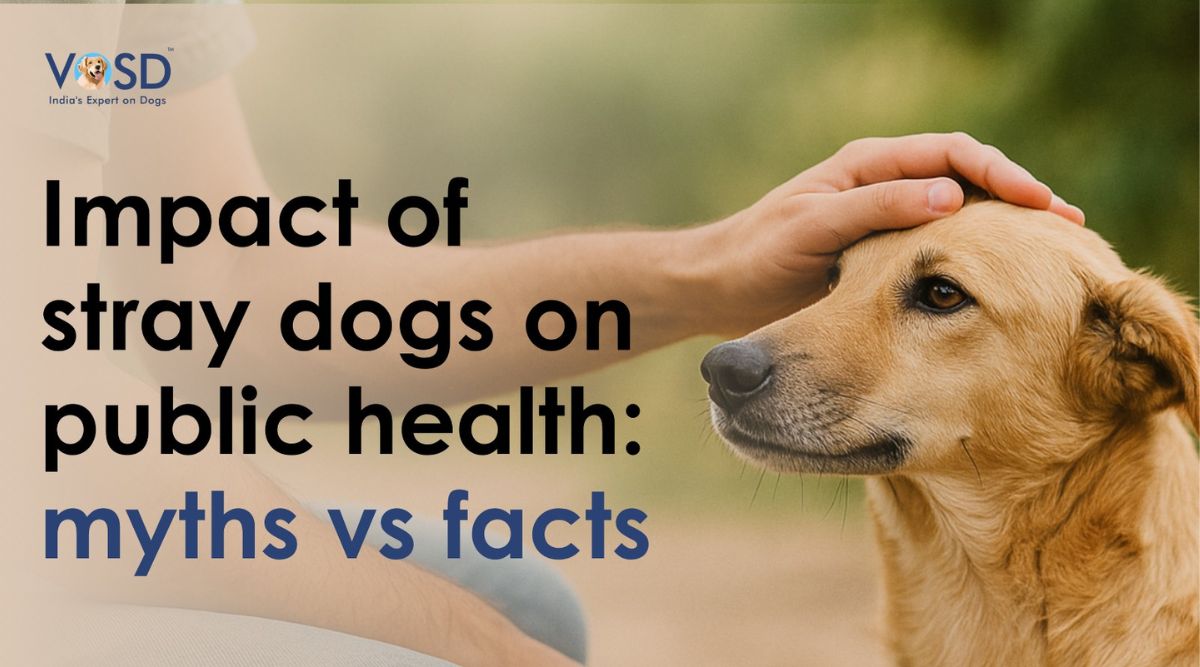Reverse sneezing, also known as inspiratory paroxysmal respiration, is a common respiratory phenomenon in dogs. It is characterized by sudden, rapid, and repeated inhalations through the nose, often accompanied by snorting or gagging sounds. Reverse sneezing is not harmful itself, but it can be distressing for both dogs and their owners. Here’s some information about reverse sneezing in dogs:
WHAT’S THE WORST THAT MAY HAPPEN IF THE CONDITION ESCALATES?
In the worst-case scenario, reverse sneezing in dogs can be distressing for both the dog and the owner, but it is important to note that it is usually a benign condition. However, in rare cases, complications can occur. Here are some potential worst-case scenarios associated with reverse sneezing:
Injury
During a reverse sneezing episode, a dog may become disoriented or move abruptly, leading to accidental injury. They may bump into objects, fall, or injure themselves or others in the vicinity. It’s important to create a safe environment during episodes to minimize the risk of injury.
Exacerbation of Underlying Conditions
Reverse sneezing can sometimes be a symptom of an underlying respiratory condition, such as nasal allergies, nasal mites, or respiratory infections. In rare cases, persistent or severe reverse sneezing may indicate a more serious issue. If left untreated, the underlying condition could worsen and potentially lead to complications.
Breathing Difficulties
Although reverse sneezing itself does not typically cause breathing difficulties, in rare cases, it may coincide with other respiratory problems. Dogs with pre-existing respiratory conditions, such as brachycephalic syndrome (common in certain breeds with flat faces), may have difficulty recovering from reverse sneezing episodes and may experience additional breathing challenges.
Emotional Distress
Frequent or prolonged episodes of reverse sneezing can cause emotional distress to dogs, leading to anxiety or behavioral changes. Dogs may become fearful, stressed, or exhibit avoidance behaviors due to the discomfort and confusion associated with reverse sneezing.
HOW TO DIFFERENTIATE BETWEEN REVERSE SNEEZING, REGULAR SNEEZING, COUGHING AND CHOKING IN DOGS
Differentiating between reverse sneezing, regular sneezing, coughing, and choking in dogs can sometimes be challenging as the symptoms may overlap. However, here are some general characteristics of each that may help you distinguish between them:
REVERSE SNEEZING
Reverse sneezing is a spasm-like, rapid, and forceful inhalation. It often sounds like a combination of snorting, choking, and honking. The dog may extend their neck and pull their elbows outward. Reverse sneezing is usually caused by irritation or inflammation of the nasal passages or throat.
REGULAR SNEEZING
Regular sneezing is a normal protective reflex that helps clear the nasal passages. It is typically a single, forceful expulsion of air through the nose. Sneezing may be triggered by irritants, allergies, infections, foreign bodies, or other nasal irritations. Occasional sneezing is usually not a cause for concern unless it becomes persistent or is accompanied by other symptoms.
COUGHING
Coughing is a repetitive, forceful expulsion of air from the lungs. It may sound dry, hacking, moist, or productive (with phlegm or mucus). Coughing can be caused by various factors, including respiratory infections, allergies, irritants, heart conditions, or diseases of the lungs.
CHOKING
Choking occurs when there is an obstruction in the airway, preventing the normal flow of air. It may be accompanied by gagging, retching, or difficulty breathing. Dogs may paw at their mouth, exhibit distress, or panic. Choking is a medical emergency that requires immediate attention. Perform the Heimlich maneuver (only if trained) or seek veterinary assistance if you suspect your dog is choking.
FACTORS LEADING TO REVERSE SNEEZING
Irritants
Reverse sneezing can be triggered by irritants such as dust, pollen, strong scents, or chemical fumes that irritate the nasal passages.
Excitement or Anxiety
Some dogs may experience reverse sneezing episodes when they are excited, stressed, or anxious.
Nasal Congestion
Nasal congestion, inflammation, or mucus accumulation can lead to reverse sneezing.
Structural Issues
Brachycephalic dog breeds with flat faces, such as Bulldogs or Pugs, are more prone to reverse sneezing due to their unique anatomy.
SYMPTOMS OF REVERSE SNEEZING
Rapid and repeated inhalations through the nose.
Snorting, snuffling, or gagging sounds.
Brief episodes lasting a few seconds to a minute.
Dog extending their neck while standing still or with elbows out.
ESSENTIAL THINGS TO DO ABOUT REVERSE SNEEZING
Stay Calm
While reverse sneezing can be alarming, it is usually harmless. Remain calm to avoid transmitting anxiety to your dog.
Gently Massage or Rub the Throat
This can help soothe and relax the throat muscles, potentially relieving the episode.
Offer a Distraction
Offering a favorite treat or engaging your dog in a gentle activity can help shift their focus and interrupt the reverse sneezing episode.
Create a Calm Environment
Reduce any potential irritants in the environment, such as strong smells or chemicals.
Encourage Moisture
Adding moisture to the air by using a humidifier or taking your dog into a steamy bathroom may help alleviate nasal congestion.
WHEN TO SEEK VETRINARY ATTENTION
In most cases, reverse sneezing does not require veterinary treatment. However, it’s advisable to consult a veterinarian if:
The episodes become more frequent or prolonged. Your dog shows signs of distress, such as difficulty breathing or a change in behavior. Reverse sneezing is accompanied by other concerning symptoms, such as nasal discharge, coughing, or sneezing. Your dog is a brachycephalic breed and experiences frequent or severe episodes. A veterinarian can examine your dog, identify any underlying issues, and provide appropriate guidance or treatment if necessary.
HOW TO PREVENT REVERSE SNEEZING IN DOGS
While reverse sneezing in dogs cannot always be prevented, there are a few measures you can take to potentially reduce the frequency or severity of episodes:
Identify and minimize exposure to potential irritants that could trigger reverse sneezing. These may include dust, pollen, strong fragrances, cleaning chemicals, or cigarette smoke. Keep your dog’s living environment clean and free of airborne irritants as much as possible.
Consider using an air purifier or air filtration system in your home to reduce airborne allergens and irritants that may contribute to reverse sneezing.
Dogs may experience reverse sneezing episodes when they are overly excited, stressed, or anxious. Try to minimize stressful situations or gradually introduce new experiences to prevent excessive excitement or anxiety.
Pulling on the leash can strain the neck and throat, potentially triggering reverse sneezing. Use a harness instead of a collar to reduce pressure on the neck and throat area during walks.
Dental issues or oral infections can sometimes contribute to reverse sneezing. Implement a regular dental care routine, including brushing your dog’s teeth and providing appropriate dental chews or treats.
Some dogs may be sensitive to certain ingredients in their diet, leading to respiratory issues like reverse sneezing. Consider keeping a food diary to track any potential correlations between specific foods or treats and episodes of reverse sneezing. If you suspect a food sensitivity, consult with your veterinarian about appropriate dietary adjustments.
It’s important to note that reverse sneezing is a natural reflex in dogs and can occur despite preventive measures. If your dog continues to experience frequent or severe episodes, or if there are additional respiratory symptoms present, vet advice for dogs is needed. It’s best to consult with a veterinarian for a thorough evaluation and guidance specific to your dog’s needs.

